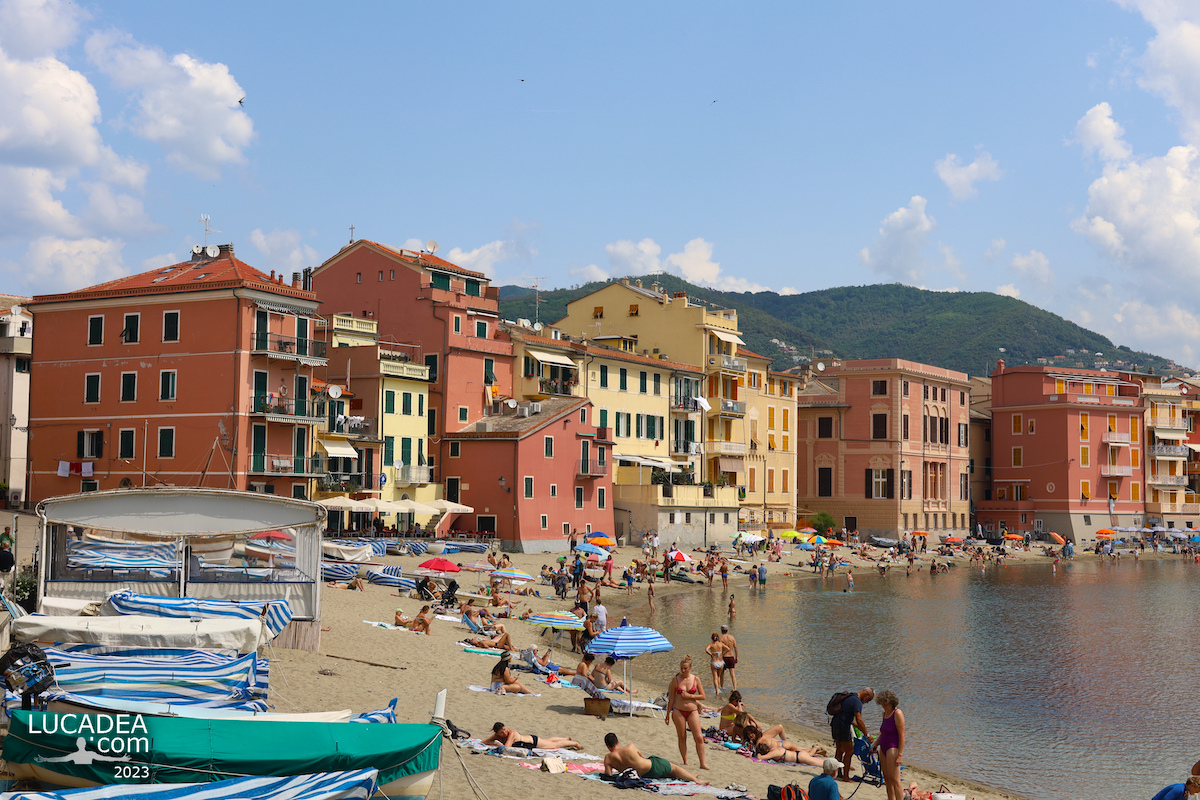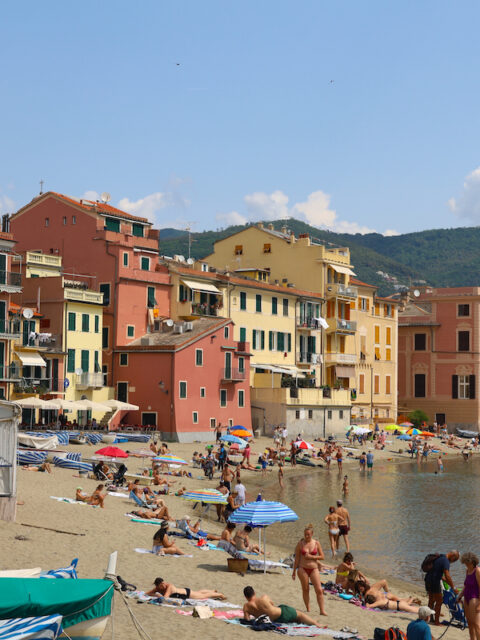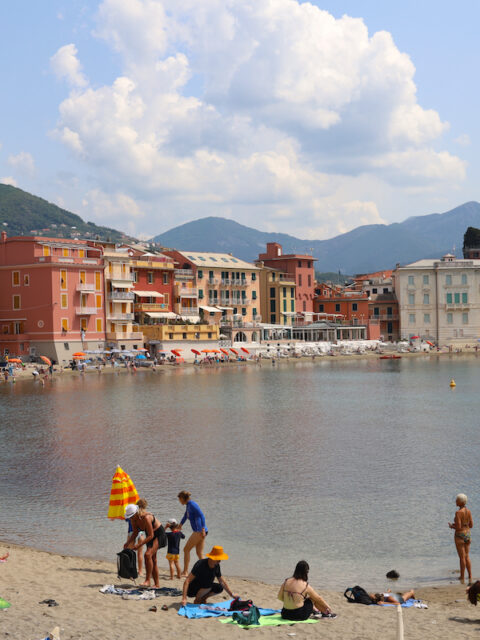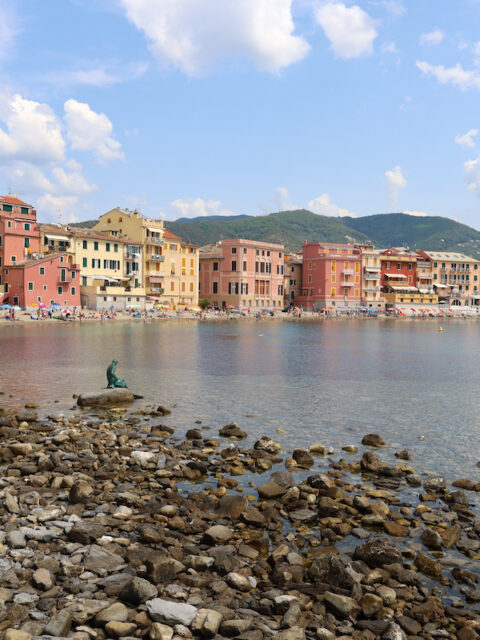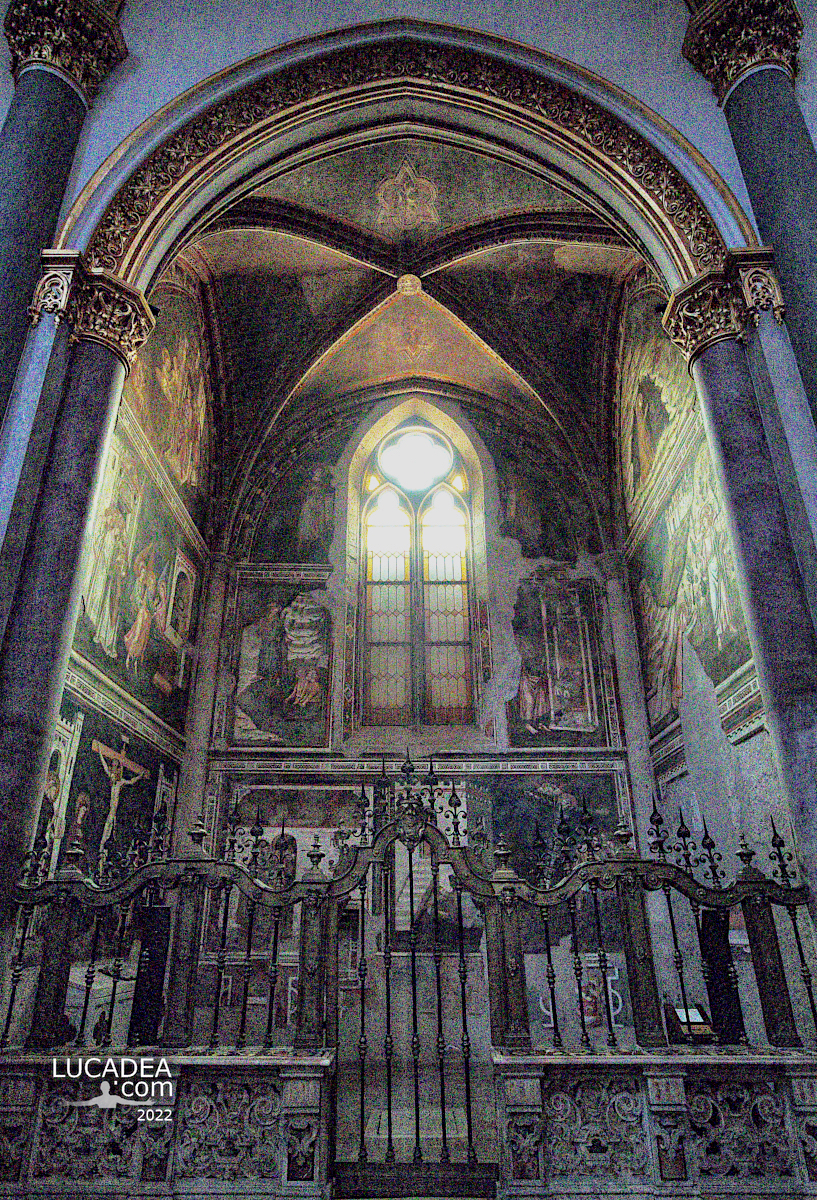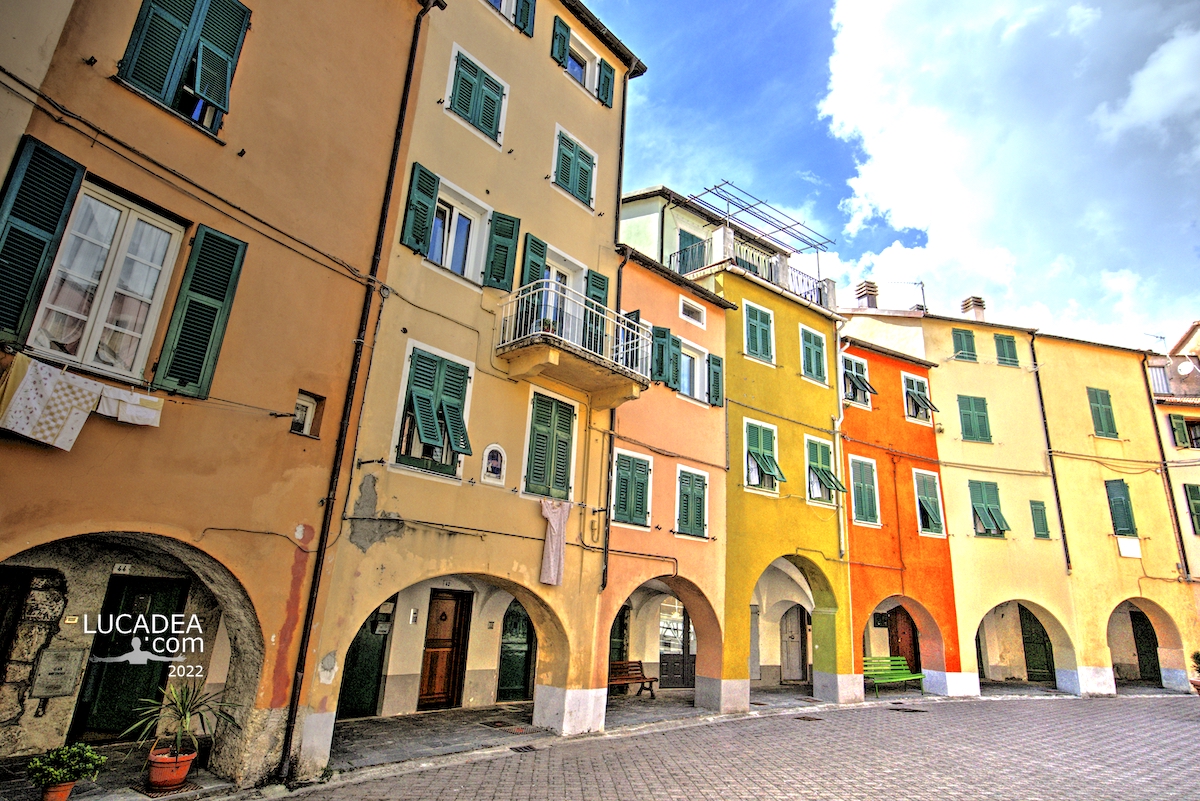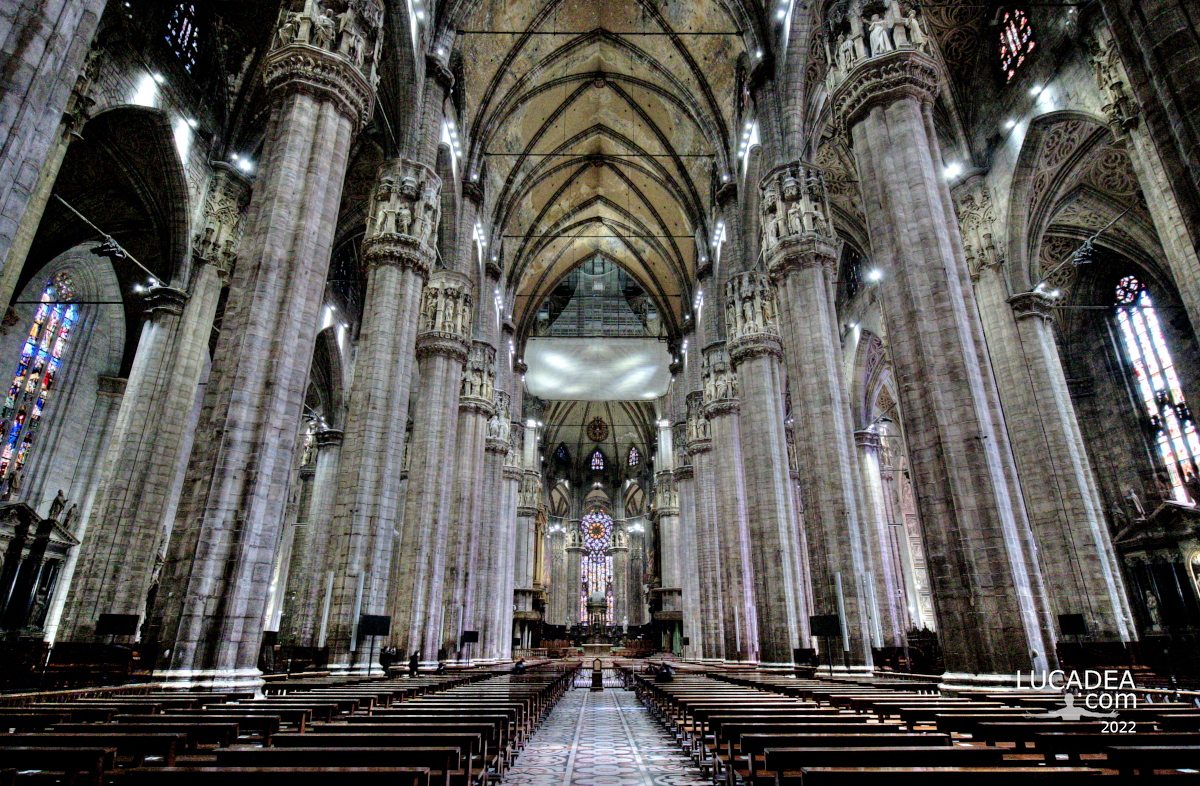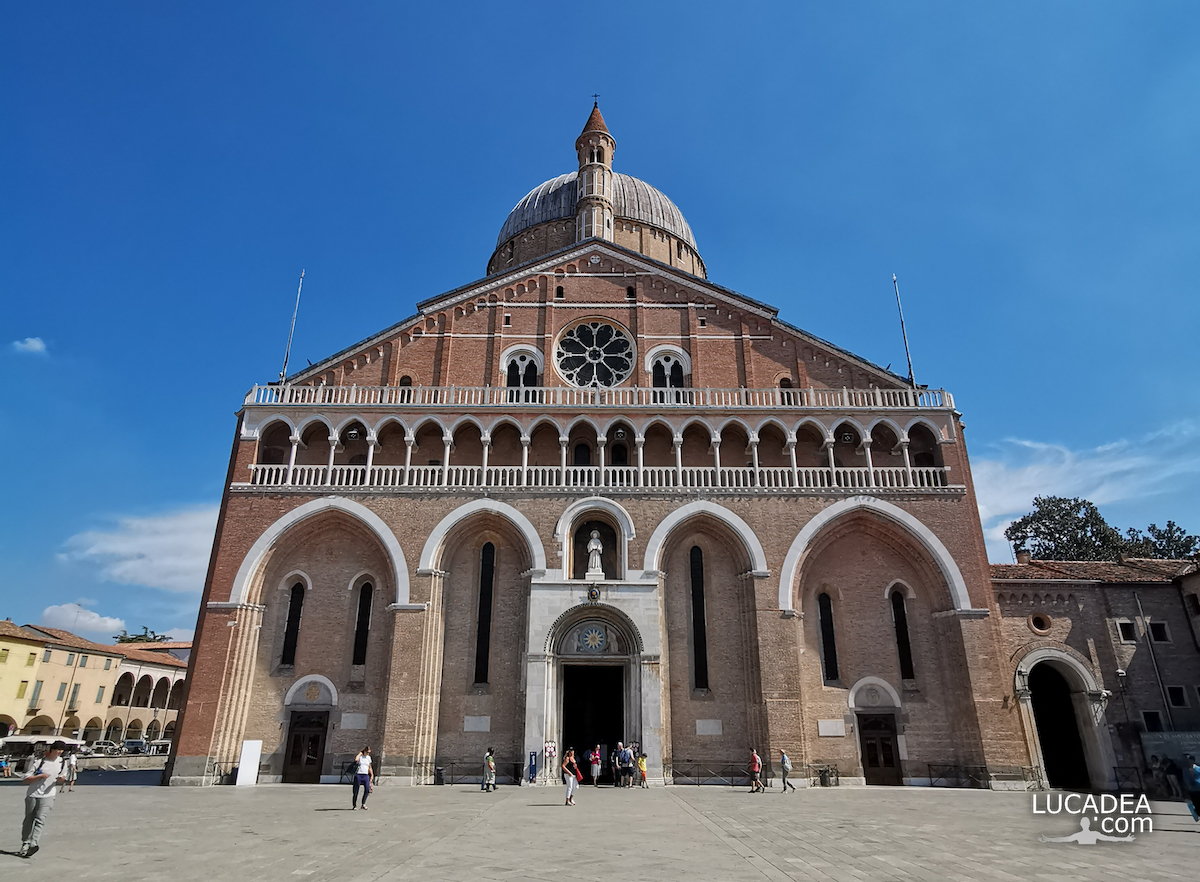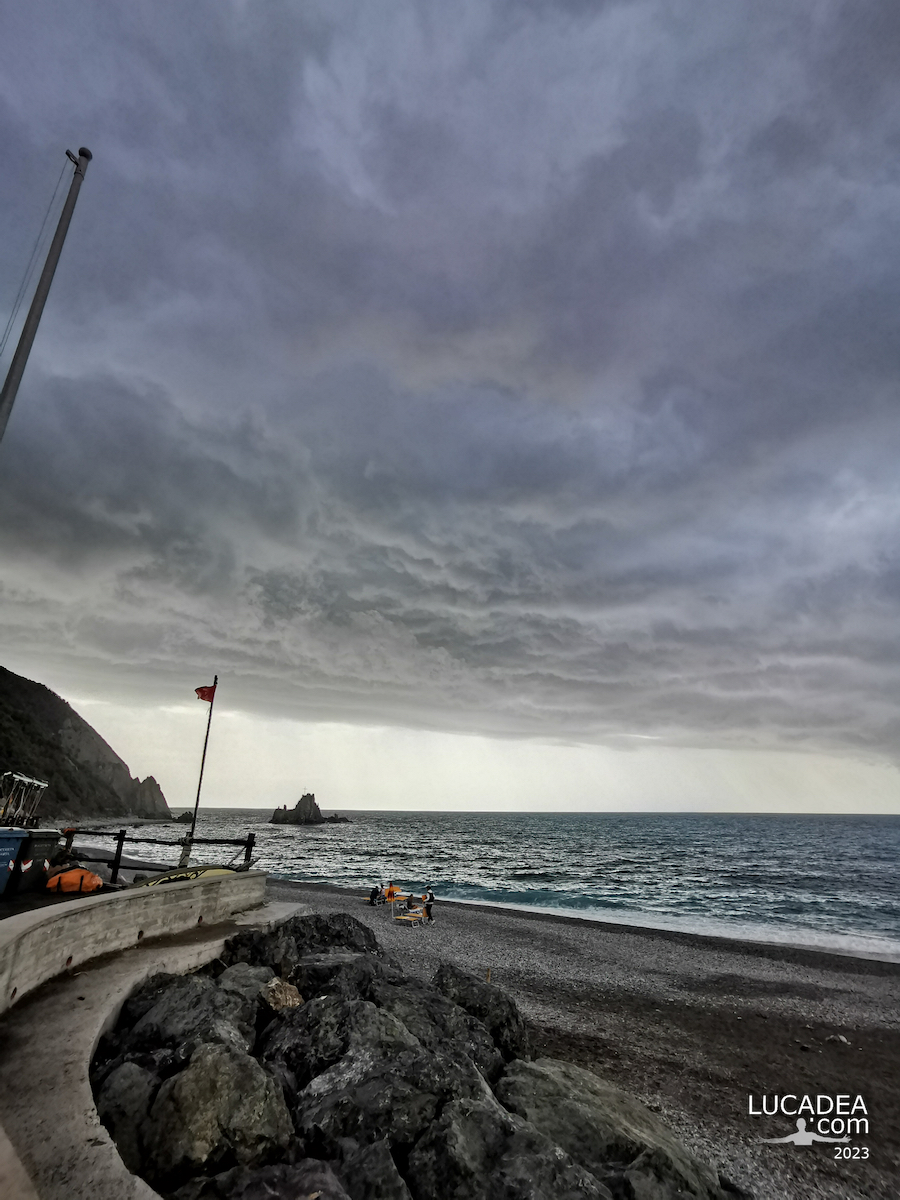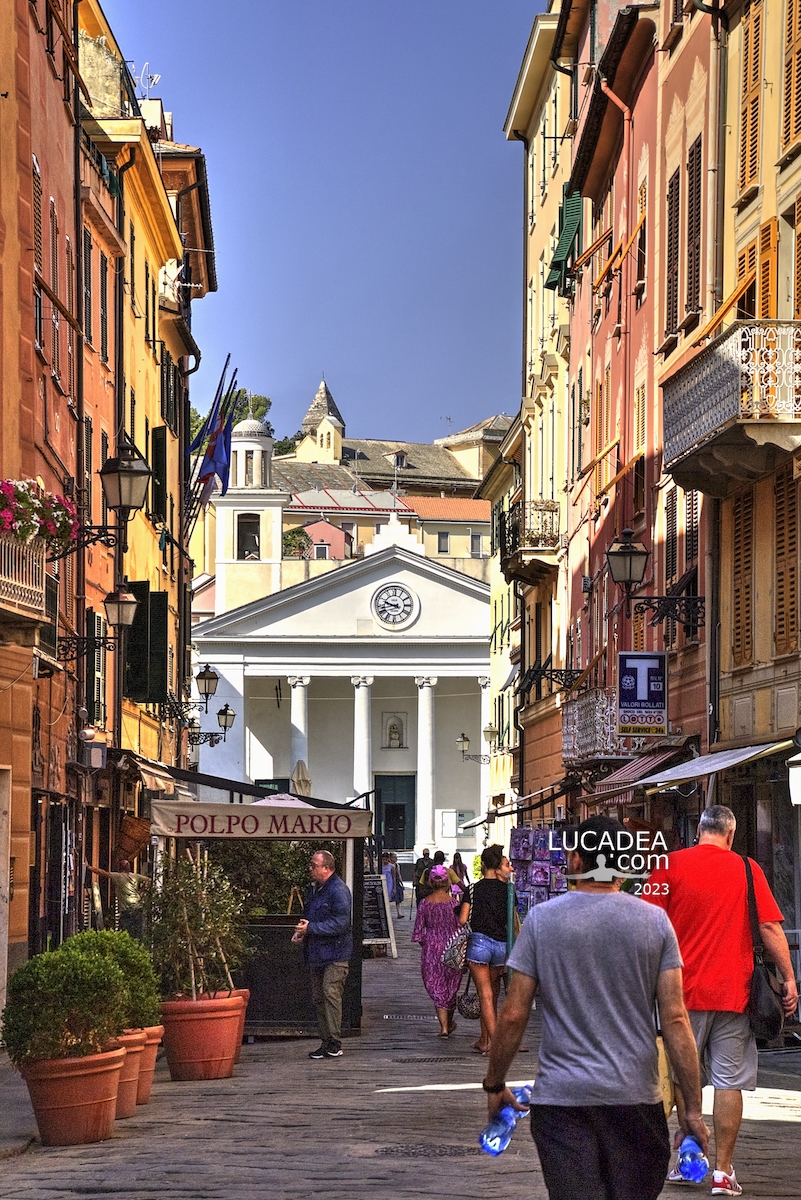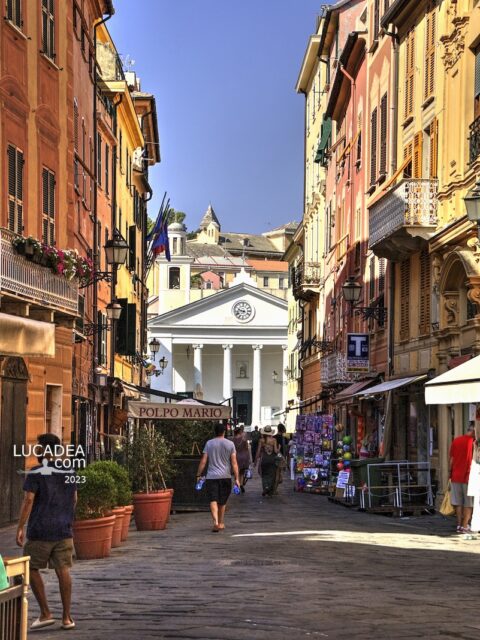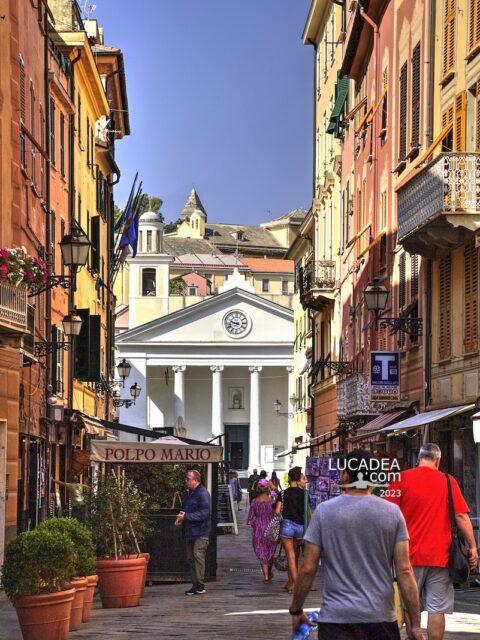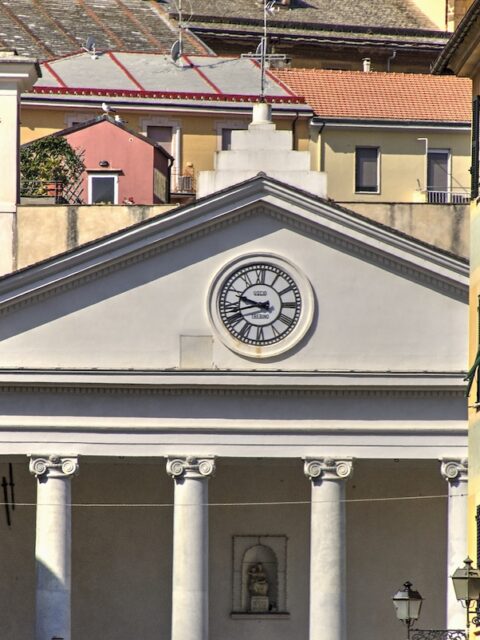La Baia del Silenzio: un’oasi di serenità in riva al mare fotografata il 29 maggio 2023.
Oggi vi porto con me in un viaggio virtuale alla scoperta di un luogo magico e affascinante: La Baia del Silenzio a Sestri Levante. Questo gioiello nascosto sulla costa ligure è un’esperienza imperdibile per chiunque cerchi pace, tranquillità e bellezze naturali senza pari. E se ancora non avete pianificato nulla per il 29 maggio 2023, forse è il momento di farlo!
La Baia del Silenzio è spesso definita una delle spiagge più pittoresche d’Italia, e una visita in primavera è il momento ideale per ammirare la sua bellezza incontaminata. Il nome “Baia del Silenzio” deriva dalla sensazione di pace e tranquillità che si prova passeggiando lungo la sua spiaggia di ghiaia, circondata da antiche case colorate.Il 29 maggio 2023, quando il clima inizia a diventare più mite e il turismo è ancora moderato, potrete godervi la baia in tutta la sua tranquillità. L’atmosfera qui è magica, con il suono delle onde che si infrangono delicatamente sulla costa e il profumo salino dell’aria che vi avvolge. È il luogo ideale per rilassarsi, leggere un libro, o semplicemente meditare guardando l’orizzonte.
La Baia del Silenzio è uno di quei luoghi che rimangono impressi nella vostra memoria per sempre. Regalatevi questa esperienza di serenità e bellezza sulla costa ligure. Non ve ne pentirete, e potreste trovare la vostra personale oasi di tranquillità in riva al mare.
Vi aspettiamo a braccia aperte in questo angolo di paradiso. Conosci Sestri Levante e la Riviera Ligure di Levante? Aggiungi un comment or go to the bottom of the site to read what other visitors have written.
Photo taken with Canon EOS RP and lens Canon RF 24-50.
The Bay of Silence: an oasis of serenity by the sea photographed on May 29, 2023 – La Baie du Silence : une oasis de sérénité en bord de mer photographiée le 29 mai 2023 – La Bahía del Silencio: un oasis de serenidad junto al mar fotografiado el 29 de mayo de 2023 – A Baía do Silêncio: um oásis de serenidade à beira-mar fotografado em 29 de maio de 2023 – Die Bucht der Stille: eine Oase der Ruhe am Meer, fotografiert am 29. Mai 2023 – Vịnh Im lặng: ốc đảo thanh bình bên bờ biển được chụp ảnh vào ngày 29 tháng 5 năm 2023 – 沉默湾:海边宁静的绿洲,拍摄于 2023 年 5 月 29 日 – 静寂の湾: 2023 年 5 月 29 日に撮影された海辺の静寂のオアシス
The text of the post was written with the help of ChatGPT, a language model from OpenAI.

